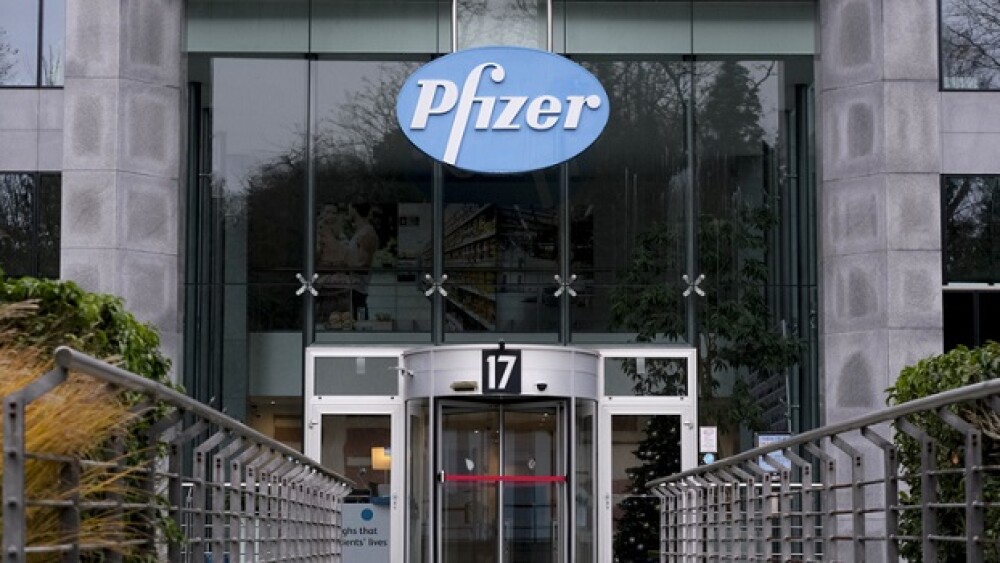The eight new committee members replace the 17 Kennedy removed earlier this week. In “repopulating” the committee, the HHS Secretary fulfilled the fears of some analysts, naming scientists who appear to reflect his anti-vaccine views.
Two days after “retiring” all 17 remaining members of the CDC’s Advisory Committee on Immunization Practices, Health Secretary Robert F. Kennedy Jr. has named their replacements.
In a Wednesday afternoon post on X, Kennedy listed the eight new members of the ACIP, downsizing the committee significantly. “I’m now repopulating ACIP with the eight new members who will attend ACIP’s scheduled June 25 meeting,” Kennedy wrote in his post. “All of these individuals are committed to evidence-based medicine, gold-standard science, and common sense.” The new members will also review safety and efficacy data for the current schedule, according to Kennedy’s post.
The eight new members are:
- Joseph Hibbeln, a psychiatrist and nutritional scientist who was the acting chief, Section on Nutritional Neurosciences at the National Institutes of Health for 14 years
- Martin Kulldorf, an epidemiologist who previously worked at Harvard Medical School before being let go in 2024
- Retsef Levi, a professor at MIT’s Sloan School of Management focusing on supply chains and management science
- Robert Malone, a biochemist and early contributor to mRNA vaccine research in the 1980s
- Cody Meissner, a professor of pediatrics at the Geisel School of Medicine at Dartmouth
- James Pagano, an emergency medicine physician
- Vicky Pebsworth, a nurse with a doctorate in public health, and regional director of the National Association of Catholic Nurses
- Michael Ross, an obstetrician and gynecologist at George Washington University and Virginia Commonwealth University
Kulldorf and Meissner both have experience in advisory roles with the federal government, including previous stints with ACIP. Pebsworth has served on FDA vaccine advisory committees, and Ross served on a CDC advisory committee for breast and cervical cancer prevention.
In a Tuesday note to investors after Kennedy’s “clean sweep” of the committee, William Blair analysts said they “view the complete line change at the ACIP as a potential hindrance to the vaccine development space, as we think the new Committee members may have more restrictive recommendations on vaccine uptake and use.”
Leerink Partners in a similar vein Monday evening wrote that “new members will likely be sympathetic to at least some of RFK’s beliefs regarding alleged dangers of vaccines.”
That supposition appears to have been borne out, as Kennedy’s choices appear to reflect his anti-vaccine views. As STAT reported, Malone, Kulldorff, Pebsworth and Meissner are all named in the dedication of Kennedy’s book “The Real Anthony Fauci,” which criticizes the former director of the National Institute of Allergy and Infectious Diseases.
Kulldorff is one of three authors of the Great Barrington Declaration, which criticized COVID lockdowns while encouraging the concept of “herd immunity.” Current NIH director Jay Bhattacharya is also an author of this tome. Malone, whose current occupation is unclear, conducted research on mRNA in medical applications in the 1980s but is currently an opponent of mRNA vaccine technology.
The speed with which Kennedy appointed the new committee members is unprecedented. Writing on Bluesky, virologist Angie Rasmussen said, “The process for ACIP membership usually takes years of vetting, particularly for conflicts of interest. Have these people undergone the same level of scrutiny?”
“I’m pretty sure Malone has made money from saying falsely that mRNA vaccines are unsafe,” she added.
Kennedy’s ACIP selections come a day after the American Medical Association passed an emergency resolution urging the Senate Committee on Health, Education, Labor and Pensions to investigate Kennedy’s axing of the previous committee members. The American Academy of Family Physicians, American Academy of Pediatrics and American College of Obstetricians and Gynecologists were all co-authors of the resolution.






